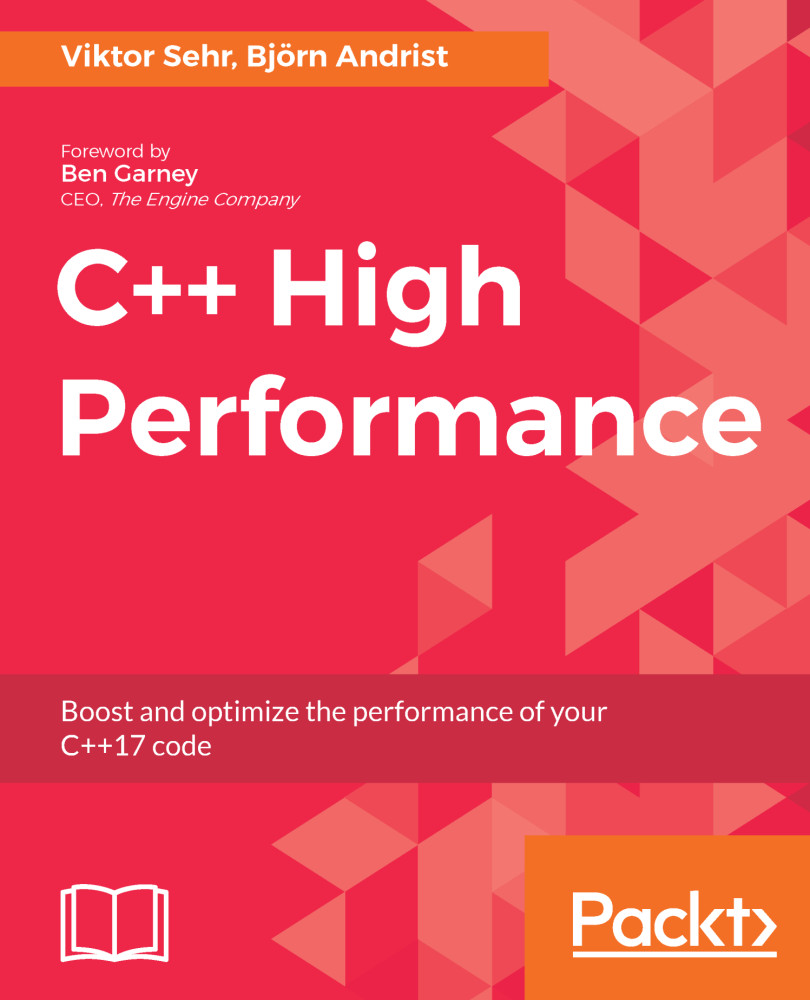In this chapter, you will learn how to use the computer's graphical processing unit for computationally heavy tasks. We will use the excellent Boost Compute library, which exposes the GPU via an interface that resembles the STL, meaning that you will move your standard C++ code almost seamlessly from the CPU to the GPU.
This chapter is not going to go in depth into theories of parallelizing algorithms or parallel programming in general, as these subjects are far too complex to cover in a single chapter. Also, there is a multitude of books on this subject. Instead, this chapter is going to take a more practical approach and demonstrate how to extend a current C++ code base to utilize parallelism while preserving the readability of the code base.
In other words, we do not want the parallelism to get in the way of readability; rather, we want the parallelism to...



